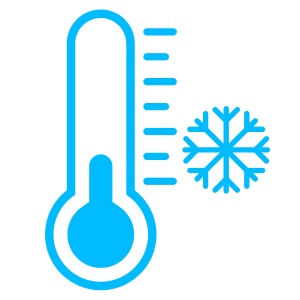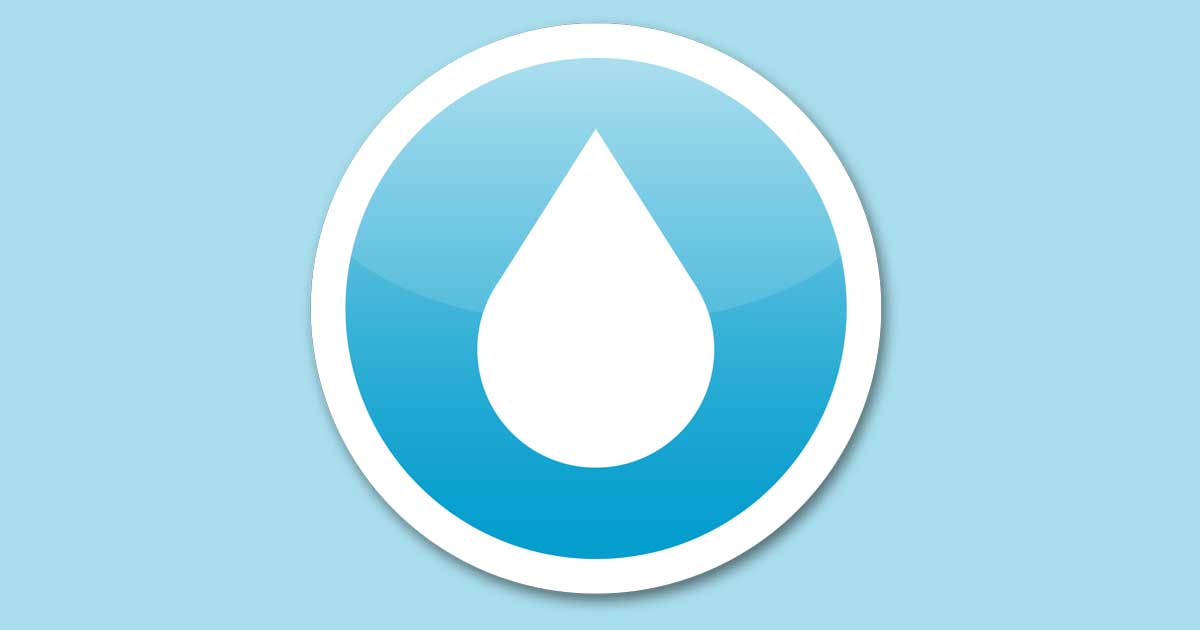
Are Your Pipes Ready for Winter 2025?
Inevitably, January is the time of year where cold… gets colder. Now is the time to ask yourself, will my water pipes survive the prolonged temperature drops?
The water pipes located below your home, along exterior walls, or in shallow ground (such as sprinklers) are most susceptible to cracking and splitting as temperatures stay low. Interior pipes and those located in insulated areas typically freeze during power outage and/or due to poor heat circulation. In many cases, homes experience pipe cracks and bursts during defrosting.
The good news! Proper planning can mitigate water pipe disasters. Below are a cold weather prep, prevention, and thawing tips to help keep your pipes safe all winter long!
And don’t be fooled! Check your local weather patterns to determine when exterior covers should be removed. It is recommended that freeze prevention measures remain in-place until after the expected final freeze.
Freeze Prevention Tips
A rule-of-thumb, pipes start to freeze around the ~20 degrees Fahrenheit mark.
-
Keep your garage doors closed as much as possible.
-
Open all interior doors to allow for better heat circulation (and bathroom cabinet doors at night).
-
At a minimum, keep your interior temperature around 55 degrees Fahrenheit and be sure to stay consistent.
Thawing Tips
Should you find your pipes frozen (typically indicated by no water or constrained flow) remember, heat them slowly to avoid cracking and bursting.
-
Wrap an electric heating pad around the pipes to get them flowing.
-
Heat the pipes with a hairdryer.
-
Steadily increase the heat in your home (this is usually the preferred method).
Additional Article Sources
https://www.familyhandyman.com/project/how-to-prevent-pipes-from-freezing/
Want to Learn More?
Plumbing Crossword Puzzle for Kids
https://housemethod.com/blog/emergency-winter-power-outage-kit/
https://www.lowes.com/n/how-to/winter-preparedness-checklist
https://www.bobvila.com/slideshow/11-ways-to-winterize-your-home-on-a-budget-10169
